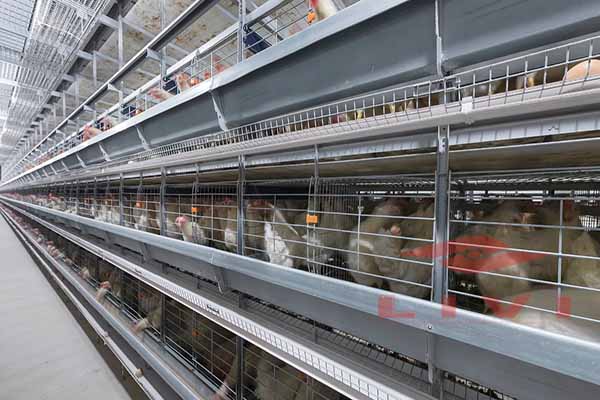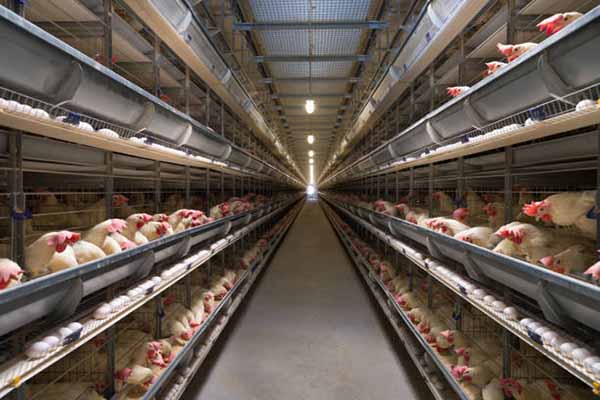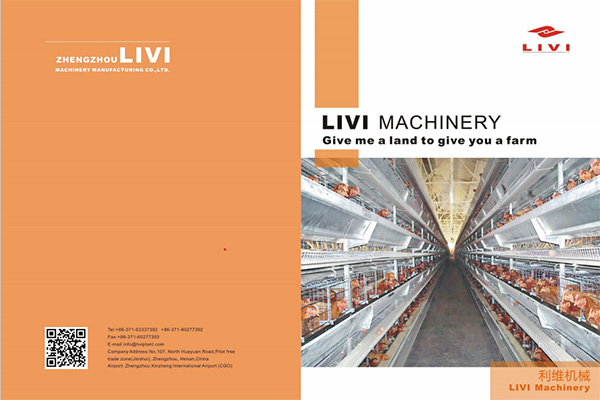Optimizing Layer Cages for 30,000 Birds in Nigeria: A Comprehensive Guide
In the bustling poultry industry of Nigeria, raising 30,000 birds requires meticulous planning and efficient use of resources. One of the critical components in this operation is the design and layout of layer cages. This article delves into the best practices for setting up layer cages to ensure optimal conditions for 30,000 birds, enhancing productivity and profitability.
Understanding the Scale of Operation
Before diving into the specifics of layer cage design, it’s essential to recognize the scale of the operation. With 30,000 birds, the layout must be spacious enough to accommodate the flock comfortably, while also ensuring efficient use of space. Let’s look at some key considerations:

- Space Allocation: Each bird requires a minimum of 0.5 square meters of space.
- Layer Cages: Opt for sturdy, well-ventilated cages that can accommodate the number of birds without compromising on space.
- Water and Feed Systems: Implement automated systems for water and feed distribution to ensure constant access for the birds.</li
 >
>
Layer Cages: Design and Layout
When designing layer cages for 30,000 birds, the following factors should be taken into account:
- Cage Size: Ensure that each cage is spacious enough to accommodate 30-40 birds. This allows for easier management and better overall health of the birds.
- Material: Use high-quality, corrosion-resistant materials for the cages to ensure longevity and durability.
- Ventilation: Proper ventilation is crucial to maintain a healthy environment. Each cage should have a minimum of two ventilation panels for optimal air exchange.
- Egg Collection: Implement an efficient egg collection system to minimize the risk of contamination and to ensure a smooth operation.
Case Study: Successful Layer Cages for 30,000 Birds in Nigeria
One of our clients in Nigeria successfully implemented a layer cage system for 30,000 birds. By following these key steps, they achieved significant improvements in productivity and profitability:
- Invested in High-Quality Cages: The client chose high-quality, durable cages that met the necessary space and ventilation requirements.
- Automated Water and Feed Systems: They installed automated systems for water and feed distribution, ensuring constant access for the birds.
- Regular Maintenance: Regular maintenance of the cages and systems helped prevent any issues that could affect the birds’ health and productivity.
As a result, the client saw a 20% increase in egg production and a reduction in mortality rates.
Conclusion
Setting up layer cages for 30,000 birds in Nigeria requires careful planning and attention to detail. By following the guidelines outlined in this article, you can create an optimal environment for your birds, leading to increased productivity and profitability.
For more information or to receive a free chicken farmi ng design and equipment quote, please leave a comment below. Our team at LIVI Mechanical is here to help you achieve success in the poultry industry.
ng design and equipment quote, please leave a comment below. Our team at LIVI Mechanical is here to help you achieve success in the poultry industry.




